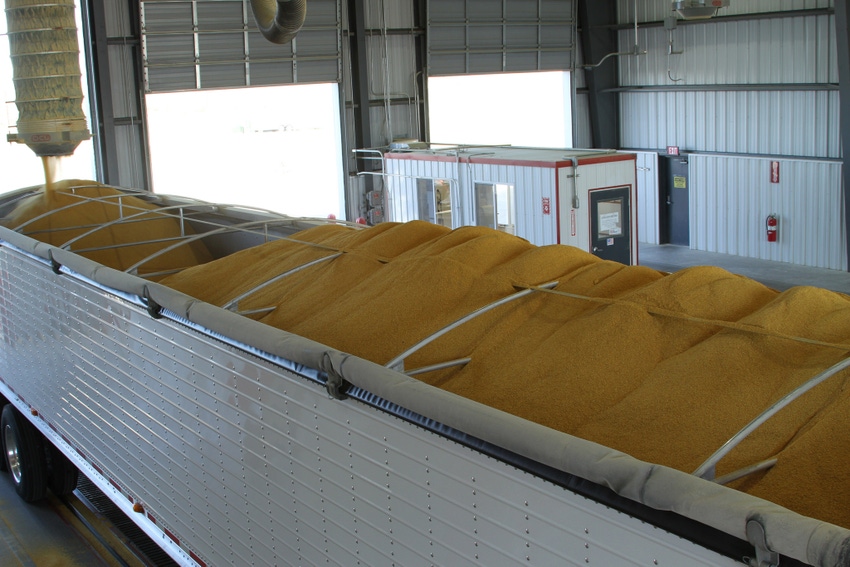Estimated 31% of U.S. distillers grain production exported in 2018, although down from 2015 record level.

U.S. exports of distillers grains (DG) — a high-protein co-product of dry-mill ethanol production used in feed for livestock and poultry — were the second highest on record in 2018, totaling 11.88 million metric tons, according to a summary of 2018 ethanol co-product trade data published by the Renewable Fuels Assn. (RFA).
An estimated 31% of U.S. DG production was exported in 2018, meaning that nearly one out of every three tons produced was exported to 50 countries on six continents last year. Mexico remained the top destination for U.S. DG, representing 17%, followed by Vietnam at 11%, South Korea at 10%, Thailand at 9% and Turkey at 7%. Compared to 2017, Vietnam and the U.K. saw the most growth in U.S. DG imports, increasing purchases by 306% and 52%, respectively.
The record was set in 2015 at 12.695 mmt of DG exported. U.S. DG exports to China continued to see a significant drop since 2016, when the country imposed punitive antidumping and countervailing duties against U.S. product. “Exports to China fell further after plunging 84% in 2017 due to the imposition of duties; it ranked 17th in 2018, accounting for only 2% of U.S. exports,” the RFA summary noted.
U.S. DG exports left the country through more than 20 ports of exit in 2018. New Orleans, La., again handled the most tonnage of outbound DG, followed by Los Angeles, Cal., and Laredo, Texas.
“As this summary highlights, distillers grains and other co-products are a vitally important part of the global feed market, and a growing number of countries and regions are relying on U.S. DG exports, including Mexico and Southeast Asia,” RFA president and chief executive officer Geoff Cooper said. “However, once again, China’s protectionist actions have effectively closed off U.S. DG exports, preventing the country’s livestock and poultry feeders from accessing a low-cost, high-value source of nutrition. We will continue to work with U.S. government officials and industry partners to address this barrier and ensure free and fair trade between our two countries.”
The report also noted U.S. DG exports had a total aggregate value of $2.47 billion in 2018, a 33% increase from 2017 based on larger shipments and higher unit prices. The U.S. imported 317,000 mt of DG in 2017, equivalent to just 3% of DG exports and 1% of domestic DG consumption. Canada was again the top supplier of U.S. DG imports, shipping 286,000 mt to the U.S., which comprised 90% of total imports. Brazil and China were the only other two significant DG exporters to the U.S. market in 2018.
In addition, U.S. exports of corn gluten meal — a feed co-product made by ethanol wet mills — totaled 821,000 mt in 2018. Indonesia, Chile and Egypt were top destinations. U.S. exports of corn gluten feed reached 1.17 mmt in 2018, down slightly from the prior year. Ireland, Israel and the U.K. accounted for a combined 76% of total U.S. corn gluten feed exports.
About the Author(s)
You May Also Like


.png?width=300&auto=webp&quality=80&disable=upscale)


